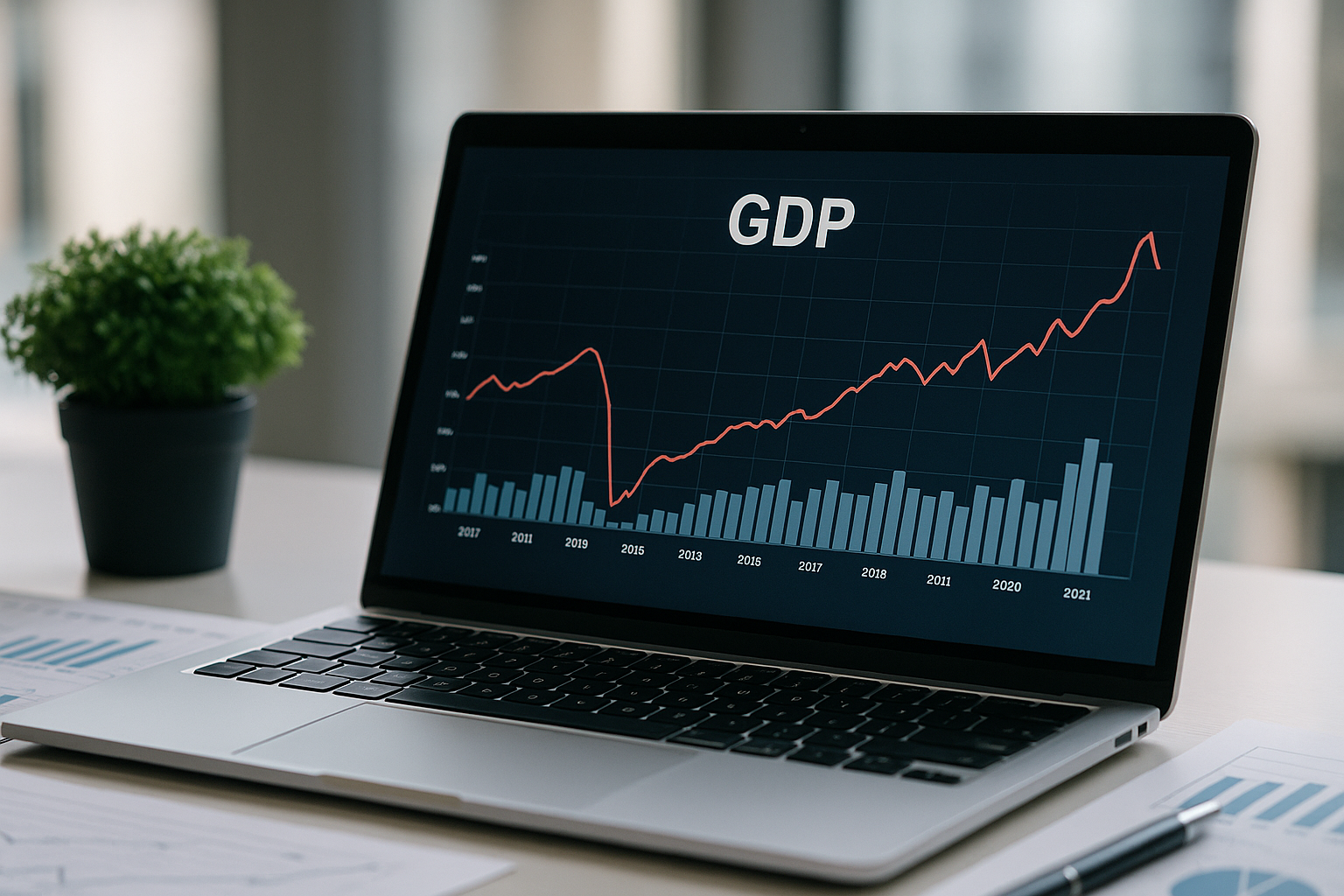Hybrid deep learning strengthens GDP forecasting amid economic volatility
During the COVID-19 crisis period, when GDP growth became unusually volatile, the advantages of deep learning became even clearer. Both LSTM and GRU demonstrated lower forecast errors than DFM and AR(1), highlighting their adaptability in periods of sudden structural change. Yet even here, the hybrid model outperformed standalone approaches, suggesting that diversity in model design is critical to resilience.

Economic forecasting has long struggled to balance accuracy with adaptability, especially during periods of crisis when traditional models often fall short. As global economies become more volatile and data-driven, artificial intelligence is stepping in to transform how growth is predicted.
A new study highlights this shift, showing that deep learning models can provide a sharper lens for economic analysis. The research, published in SAGE Open and titled “Enhancing GDP Growth Forecasting with LSTM, GRU, and Hybrid Model: Evidence from South Korea”, demonstrates how advanced AI can outperform conventional econometric approaches in forecasting GDP growth
Can deep learning surpass traditional economic forecasting?
The study directly addresses one of the most pressing questions in economics today: whether AI-driven deep learning models such as Long Short-Term Memory (LSTM) networks and Gated Recurrent Units (GRU) can outperform established models like Dynamic Factor Models (DFM) and autoregressive AR(1) frameworks in forecasting GDP growth. Covering quarterly data from 2001 to 2021, including the highly volatile COVID-19 years, the analysis provides a rigorous comparison across stable and crisis conditions.
To manage the complexity of mixed-frequency macroeconomic data, the study adopts advanced preprocessing methods, including seasonal adjustments, normalization, and differencing. A DFM is applied to impute missing data, addressing the notorious “ragged edge” problem in real-time forecasting. By setting this foundation, the study ensures that comparisons between models reflect genuine differences in predictive power rather than flaws in input handling.
The models are then trained and evaluated using rolling and recursive window techniques, with accuracy measured through Root Mean Square Error (RMSE) and Mean Absolute Error (MAE). A comprehensive grid search is employed to optimize hyperparameters, ensuring fairness and rigor in the testing process.
How do LSTM, GRU, and hybrid models perform?
Findings reveal a clear hierarchy in forecasting performance. The LSTM model consistently outperforms both GRU and traditional econometric benchmarks, particularly in mid- and late-quarter forecasts when more information is available. Its ability to capture long-term dependencies in time-series data gives it a crucial advantage in predicting macroeconomic fluctuations.
The GRU model, while computationally more efficient, delivers mixed results. In some scenarios, GRU underperforms compared to DFM, though its accuracy improves under rolling window evaluation, where frequent updates sharpen predictive capacity. This suggests that GRU’s relative simplicity can be both a limitation and an asset, depending on the forecasting environment.
Perhaps the most notable outcome comes from the hybrid meta-learner, which combines the strengths of LSTM, GRU, DFM, and AR(1) through ordinary least squares weighting. This hybrid consistently delivers the lowest RMSE and MAE scores, proving that blending nonlinear deep learning with traditional models yields superior forecasts. The hybrid approach leverages the nonlinear predictive power of LSTM and GRU, the aggregation ability of DFM, and the baseline reliability of AR models.
During the COVID-19 crisis period, when GDP growth became unusually volatile, the advantages of deep learning became even clearer. Both LSTM and GRU demonstrated lower forecast errors than DFM and AR(1), highlighting their adaptability in periods of sudden structural change. Yet even here, the hybrid model outperformed standalone approaches, suggesting that diversity in model design is critical to resilience.
What are the policy and market implications?
For policymakers, more accurate short-term GDP forecasts can sharpen fiscal and monetary strategies, allowing governments to respond to downturns or recoveries with greater precision. The ability of hybrid deep learning models to maintain accuracy under crisis conditions is particularly valuable, as it provides decision-makers with reliable guidance during shocks similar to the COVID-19 pandemic.
For financial markets, improved GDP forecasting reduces uncertainty, giving investors and analysts better tools to anticipate market movements. South Korea, a highly open and technology-driven economy, benefits especially from enhanced predictive accuracy, as export fluctuations and global supply chain shocks have outsized impacts on growth.
The study also points out that deep learning should not be viewed as a replacement for traditional econometrics, but rather as a complement. By integrating machine learning with models rooted in economic theory, researchers can combine interpretability and predictive power. This hybrid approach reflects a new paradigm in economic forecasting, one that recognizes the value of diverse methodologies in a world defined by uncertainty.
- FIRST PUBLISHED IN:
- Devdiscourse










